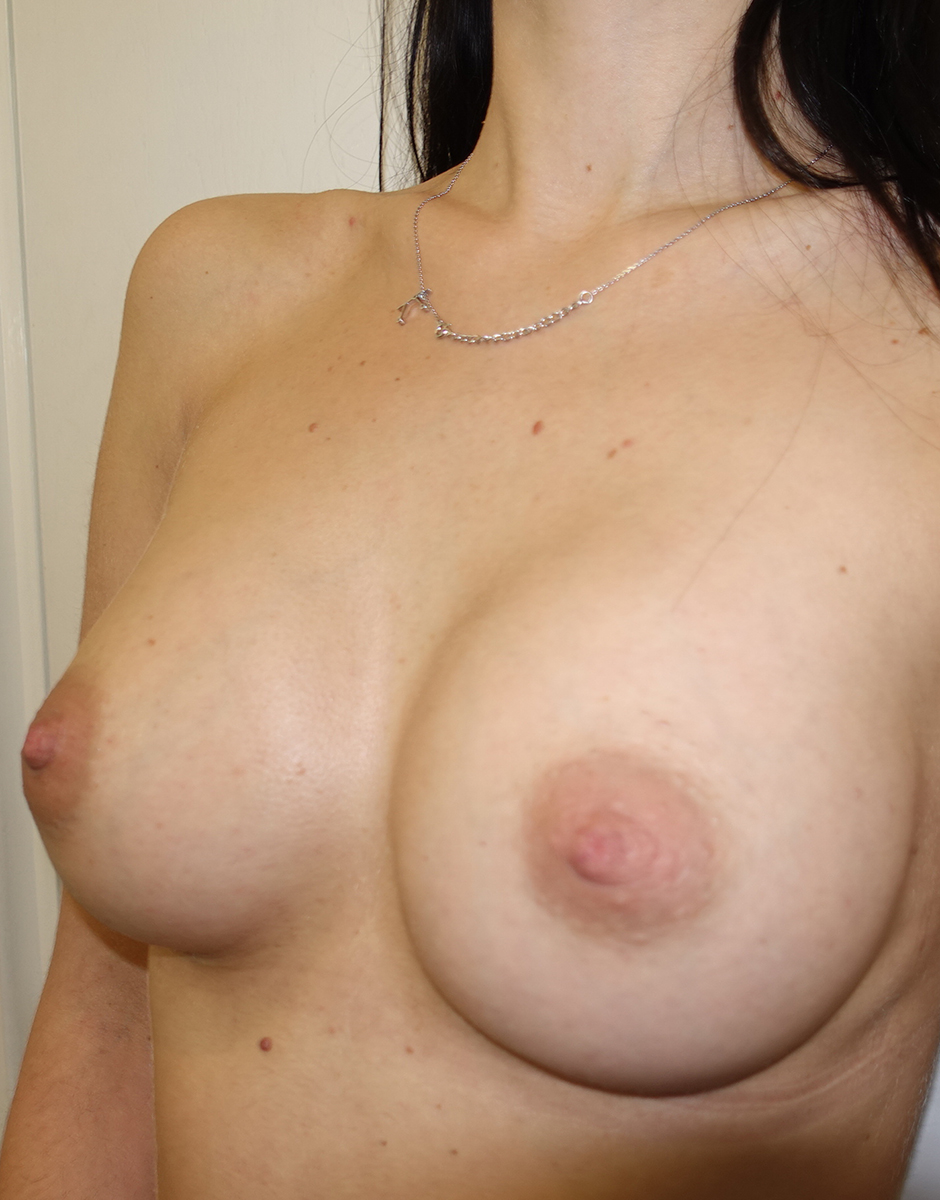The nose is a prominent feature of the face and, as such, its shape and structure can have a dramatic impact on the overall facial aesthetics. Procedures to enhance or alter the appearance of the nose are popular with both men and women.
In 2017 rhinoplasty was the most popular procedure for men, seeing a rise of 5%, while for women it ranked as the fifth most popular procedure, up 1% on 2016 (according to the British Association of Aesthetic Plastic Surgeons).
Today dermal fillers have also broadened the indications for nose reshaping, offering an alternative to surgery for suitable candidates.
With facial aesthetics perceived attractiveness is about balance and symmetry and, as such, an “aesthetically pleasing” nose is one that has a slightly sloped dorsum or “bridge” that is not too narrow or wide and which sits in balance with the surrounding facial features such as the cheeks, ears, eyes and mouth.
People often become concerned about their nose if they perceive it as being out of balance, for example if it is too wide, too narrow, too long, too big, too small, not straight or has a prominent or humped bridge, hooked tip or bulbous appearance.
Here we explain the difference between surgical rhinoplasty and non-surgical rhinoplasty to help you understand what may be right for you.
Surgical Rhinoplasty
Surgical rhinoplasty is an invasive procedure that is usually performed under general anaesthetic, which requires a hospital stay, but can be done under local anaesthetic in some cases, which allows you to go home the same day.
There are two types of surgical rhinoplasty – open and closed. In an open rhinoplasty incisions are made outside of the nose, whereas in a closed procedure they are made inside the nose. The technique used will depend on the aim of the surgery. In some cases the nose will need to be broken and repositioned, which sounds much worse than it is. Rhinoplasty is one of the most commonly performed cosmetic procedures and is generally very safe, when performed by an experienced surgeon like Mr Frati.
As with any surgical procedure, there are certain risks and there is recovery time of a few weeks afterwards. Results will be seen straight away, once the initially swelling and bruising has subsided, however it can take eight to 12 weeks in some cases for the nose to settle in to its permanent shape.
Results are permanent and most nasal deformities can be addressed with surgery, unlike with fillers which have a more limited scope (see below).
Non-Surgical Rhinoplasty
Non-surgical rhinoplasty involves the strategic placement of dermal fillers in the nose, which can balance its shape by minimising the appearance of lumps and bumps, lift the tip or make the nose appear small with contouring.
It’s a quick procedure, taking around 15 minutes and results last for around six to nine months. There may be some swelling and bruising but results can be seen immediately.
It is important to remember that the effects of non-surgical rhinoplasty are not permanent, as with surgery, so you would require repeat treatments if you want to maintain the results.
The nose is a sensitive area so the treatment can be uncomfortable so local anaesthetic cream can be used to minimise any discomfort.
In summary
With any aesthetic procedure, surgical or non-surgical, it is vital that you have a thorough consultation with Mr Frati to discuss these options and assess your suitability.
Rhinoplasty procedures can be transformative treatments for those who are concerned about the appearance of their nose and can enhance or change the appearance of the prominent feature.











